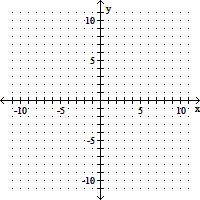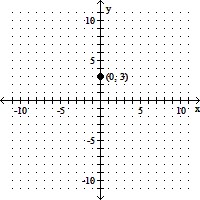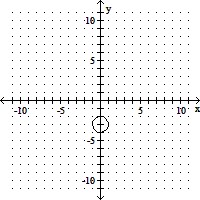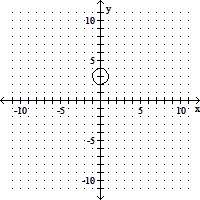Solve.2(y + 2) = 3y + 4
A. 8
B. 0
C. 4
D. -4
Answer: B
You might also like to view...
Provide an appropriate response.
Another student investigated a four-sided figure that looked like a parallelogram, but one pair of opposite sides was not parallel. She tried a different construction than the triangle in an attempt to create a parallelogram. She found that by flipping a copy of the original figure she made a large parallelogram. Which conclusion will correctly determine the area of the original shape? 
A. The area of the original figure can be found by taking twice the sum of the top and bottom and multiplying the result by the height of the original figure. B. The area of the original figure can be found by taking the sum of the top and bottom and multiplying the result by the height of the original figure. C. The area of the original figure cannot be determined with this analysis. D. The area of the original figure can be found by taking half the sum of the top and bottom and multiplying the result by the height of the original figure.
Graph the circle if possible.x2 + (y - 3)2 + 1 = 0
A. 
B. 
C. No points on its graph
D. 
Let n(U) = 100, n(A) = 20, n(A ? B) = 70, and n(A ? B) = 5.(a) Draw a Venn diagram displaying the given sets and the number of elements in each basic region.(b) Determine n(B).(c) Determine n(A' ? B').
What will be an ideal response?
Use the Leading Coefficient Test to determine the end behavior of the polynomial function.f(x) = (x + 1)(x + 3)(x + 5)2
A. y ? -? as x ? -? and y ? -? as x ? ? B. y ? ? as x ? -? and y ? ? as x ? ? C. y ? -? as x ? -? and y ? ? as x ? ? D. y ? ? as x ? -? and y ? -? as x ? ?